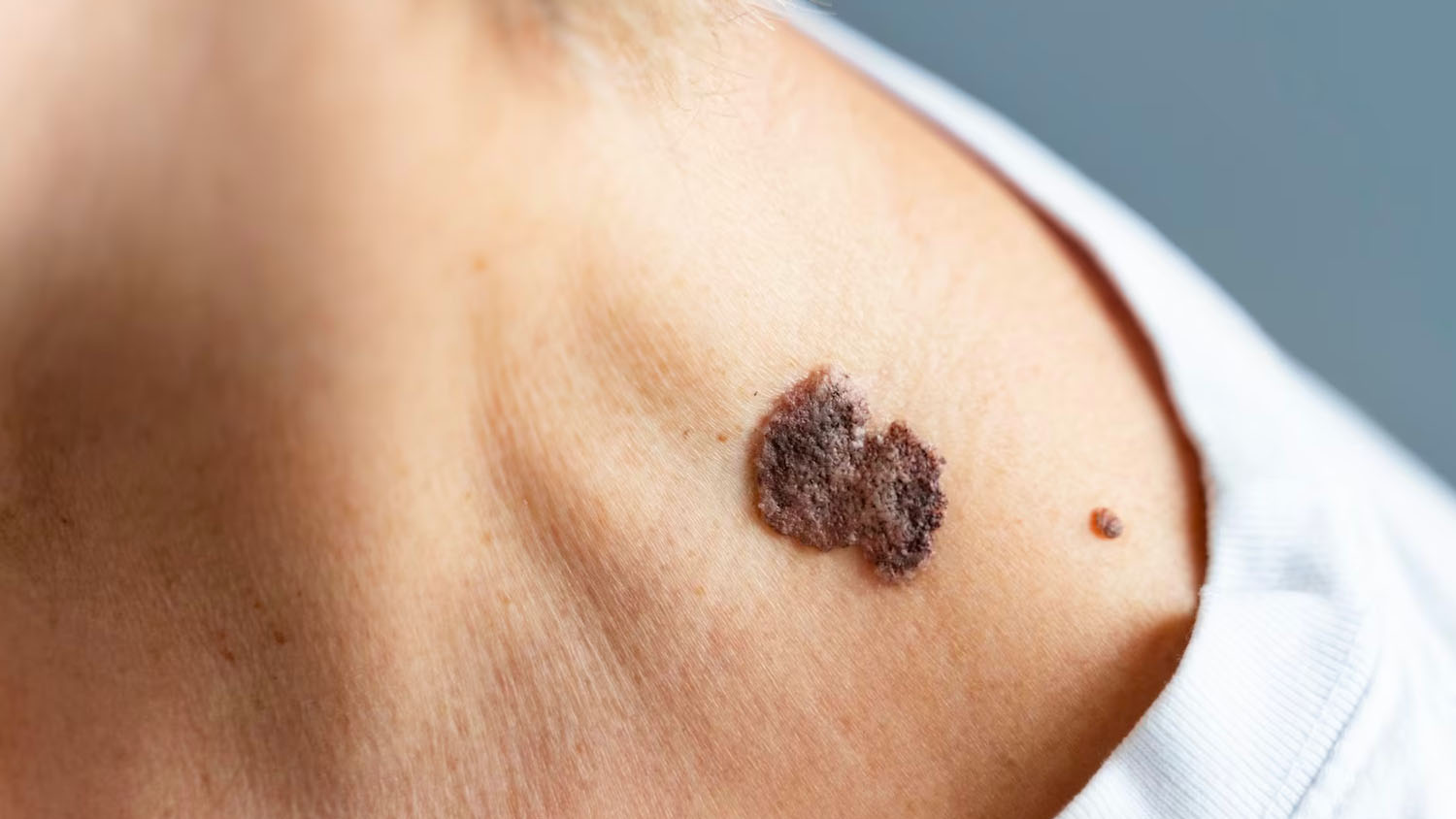
Precancerous conditions can be a scary topic, but understanding them is crucial. These conditions are changes in cells that may, but do not always, turn into cancer. Precancerous cells are not cancerous yet, but they have the potential to become malignant if left untreated. Knowing the facts about these conditions can help you stay informed and proactive about your health. From common types like actinic keratosis and cervical dysplasia to risk factors and prevention tips, this guide covers essential information. Early detection and lifestyle choices play significant roles in managing these conditions. Ready to learn more? Let's dive into 36 key facts about precancerous conditions.
What Are Precancerous Conditions?
Precancerous conditions are changes in cells that may, but do not always, become cancer. Understanding these conditions can help in early detection and prevention.
- Precancerous cells are abnormal cells that have the potential to turn into cancer if not treated.
- These cells are not cancerous yet, but they show changes that could lead to cancer.
- Common sites for precancerous cells include the cervix, skin, colon, and mouth.
- Precancerous conditions are often detected through routine screenings like Pap smears or colonoscopies.
- Early detection of precancerous cells can significantly reduce the risk of developing cancer.
Types of Precancerous Conditions
Different types of precancerous conditions exist, each with unique characteristics and risks.
- Actinic keratosis is a common precancerous skin condition caused by sun exposure.
- Cervical dysplasia involves abnormal cell growth on the cervix, often detected through Pap smears.
- Barrett's esophagus is a condition where the lining of the esophagus changes, increasing the risk of esophageal cancer.
- Adenomatous polyps in the colon are benign growths that can become cancerous over time.
- Leukoplakia appears as white patches in the mouth and can develop into oral cancer.
Risk Factors for Precancerous Conditions
Certain factors can increase the likelihood of developing precancerous conditions.
- Exposure to UV radiation from the sun or tanning beds increases the risk of actinic keratosis.
- Human papillomavirus (HPV) infection is a significant risk factor for cervical dysplasia.
- Gastroesophageal reflux disease (GERD) can lead to Barrett's esophagus.
- Family history of polyps or colon cancer increases the risk of adenomatous polyps.
- Tobacco use is a major risk factor for leukoplakia and other oral precancerous conditions.
Symptoms of Precancerous Conditions
Recognizing symptoms early can lead to timely medical intervention.
- Actinic keratosis may appear as rough, scaly patches on sun-exposed skin.
- Cervical dysplasia often has no symptoms, making regular Pap smears crucial.
- Barrett's esophagus may cause symptoms like heartburn, difficulty swallowing, or chest pain.
- Adenomatous polyps usually do not cause symptoms but can be detected during a colonoscopy.
- Leukoplakia presents as white patches in the mouth that cannot be scraped off.
Diagnosis of Precancerous Conditions
Medical professionals use various methods to diagnose precancerous conditions.
- Skin biopsies are used to diagnose actinic keratosis.
- Pap smears and HPV tests are essential for detecting cervical dysplasia.
- Endoscopy and biopsy are used to diagnose Barrett's esophagus.
- Colonoscopy is the primary method for identifying adenomatous polyps.
- Oral exams and biopsies help diagnose leukoplakia.
Treatment Options for Precancerous Conditions
Treatment aims to remove or reduce the risk of these abnormal cells becoming cancerous.
- Cryotherapy involves freezing actinic keratosis lesions to destroy abnormal cells.
- Loop electrosurgical excision procedure (LEEP) is used to remove abnormal cervical cells.
- Radiofrequency ablation can treat Barrett's esophagus by destroying abnormal tissue.
- Polypectomy is the removal of polyps during a colonoscopy.
- Surgical excision may be necessary for severe cases of leukoplakia.
Prevention of Precancerous Conditions
Preventive measures can reduce the risk of developing precancerous conditions.
- Using sunscreen and wearing protective clothing can prevent actinic keratosis.
- HPV vaccination significantly reduces the risk of cervical dysplasia.
- Managing GERD with medication and lifestyle changes can prevent Barrett's esophagus.
- Regular colonoscopies help detect and remove adenomatous polyps early.
- Avoiding tobacco products reduces the risk of leukoplakia and other oral conditions.
- Healthy lifestyle choices like a balanced diet and regular exercise can lower the overall risk of precancerous conditions.
Staying Informed About Precancerous Conditions
Understanding precancerous conditions can make a huge difference in early detection and prevention. Regular check-ups, a healthy lifestyle, and being aware of changes in your body are key. Knowledge about these conditions empowers you to take proactive steps for your health.
Don't ignore unusual symptoms or delay medical consultations. Early intervention can prevent the progression to cancer. Stay informed, ask questions, and seek second opinions if needed.
Remember, your health is in your hands. By staying vigilant and informed, you can significantly reduce your risk. Keep learning, stay proactive, and prioritize your well-being.
Your journey to better health starts with awareness and action. Stay curious, stay healthy, and take charge of your future.
Was this page helpful?
Our commitment to delivering trustworthy and engaging content is at the heart of what we do. Each fact on our site is contributed by real users like you, bringing a wealth of diverse insights and information. To ensure the highest standards of accuracy and reliability, our dedicated editors meticulously review each submission. This process guarantees that the facts we share are not only fascinating but also credible. Trust in our commitment to quality and authenticity as you explore and learn with us.
